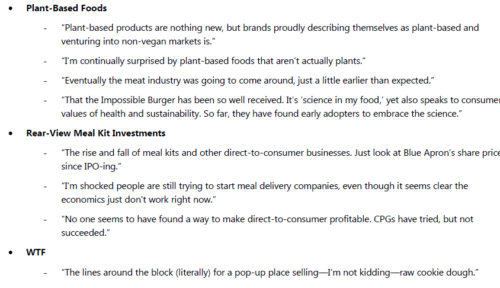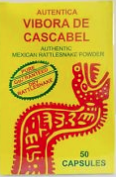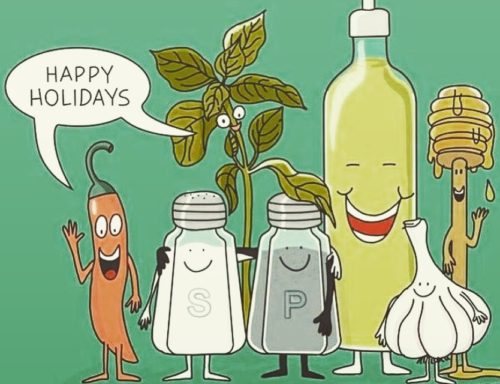Since September, the New York Times has been investigating how the food industry markets its products in the developing world, and how this marketing is encouraging a rising prevalence of obesity and its health consequences. The series is called Planet Fat. This is the complete set to date, in reverse chronological order.
If you haven’t read them, this week is a good time to catch up. Enjoy!
India is “sitting on a volcano” of diabetes. A father’s effort to ban junk food sales in and near schools aims to change what children eat.
By GEETA ANAND
Dec. 26, 2017
When the food industry funds nutritionists, critics say it subverts science to preserve its market.
By THOMAS FULLER, ANAHAD O’CONNOR and MATT RICHTEL
Dec. 23, 2017
Few predicted when Mexico joined the free-trade deal that it would transform the country in a way that would saddle millions with diet-related illnesses.
By ANDREW JACOBS and MATT RICHTEL
Dec. 11, 2017
The debate over taxing sugary drinks has turned into a ferocious global policy brawl. In Colombia, proponents faced intimidation and censorship.
By ANDREW JACOBS and MATT RICHTEL
Nov. 13, 2017
For The New York Times’s West and Central Africa bureau chief, tastes of home in Dakar, Senegal, are a mixed blessing.
By DIONNE SEARCEY
Oct. 2, 2017
The growing popularity of fried chicken and pizza in parts of Africa underscores how fast food is changing habits and expanding waistlines.
By DIONNE SEARCEY and MATT RICHTEL
Oct. 2, 2017
As growth slows in wealthy countries, Western food companies are aggressively expanding in developing nations, contributing to obesity and health problems.
By ANDREW JACOBS and MATT RICHTEL
Sept. 16, 2017
In a series beginning today, the health and science desk explores the environment in which the obesity epidemic has come to a head.
By MOLLY BENNET
Sept. 17, 2017
















